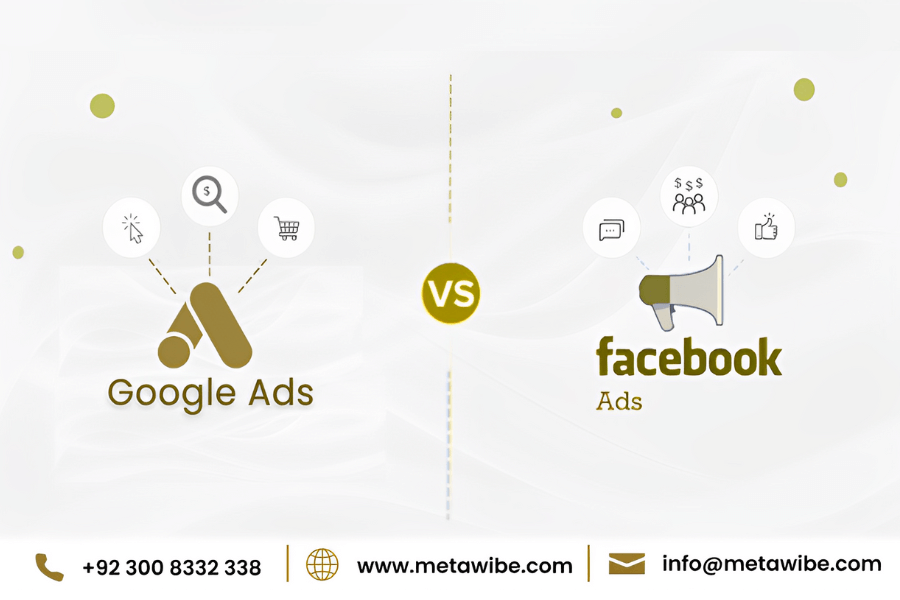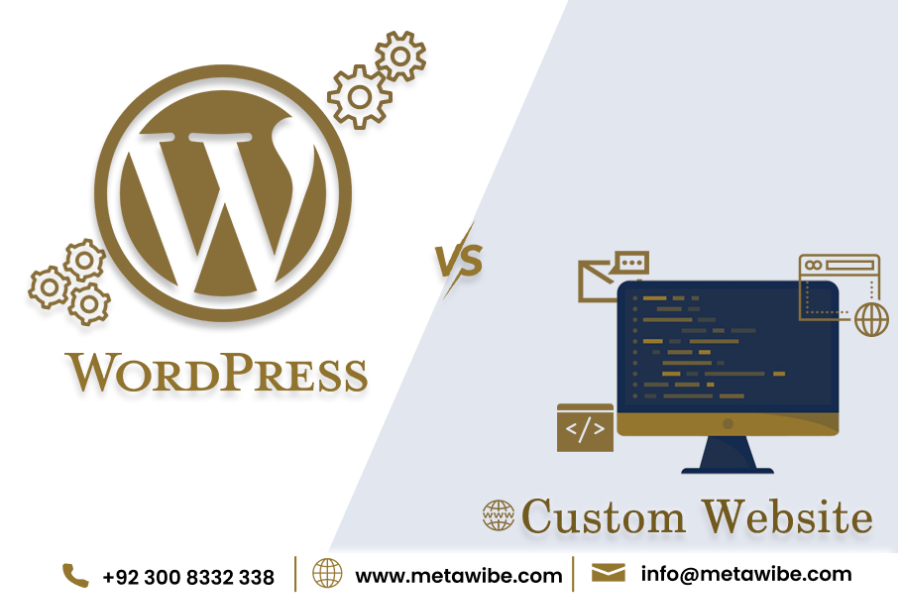Key Features:
- Google Ads and Facebook Ads are both powerful advertising platforms with unique strengths and targeting options.
- Google Ads excels in capturing search intent, making it ideal for immediate conversions and high-intent leads.
- Facebook Ads are effective for building brand awareness, driving engagement, and nurturing long-term customer relationships.
- Best practices for optimizing Google Ads campaigns include conducting keyword research, writing compelling ad copy, and optimizing landing pages for conversions.
- To maximize the effectiveness of Facebook Ads, create visually appealing content, perform A/B testing for ad creative and targeting, and utilize Facebook Pixel for tracking and retargeting.
- Budget considerations, target audience analysis, and industry-specific factors should be taken into account when choosing between the two platforms.
- Case studies and success stories demonstrate the impact of Google Ads and Facebook Ads in achieving marketing goals.
- Consulting with experts and continuously monitoring, testing, and optimizing campaigns are essential for maximizing the results of online advertising efforts.
In the digital age, online advertising has become a crucial component of any successful marketing strategy. Businesses worldwide are striving to reach their target audience effectively and efficiently through various advertising platforms. Two dominant players in the digital advertising space are Google Ads and Facebook Ads.
Both platforms offer unique features and targeting options, making it challenging for businesses to determine which one is better suited for their advertising needs. In this article, we will compare Google Ads and Facebook Ads, evaluate their strengths and weaknesses, and help you make an informed decision.
Comparing Google Ads and Facebook Ads:
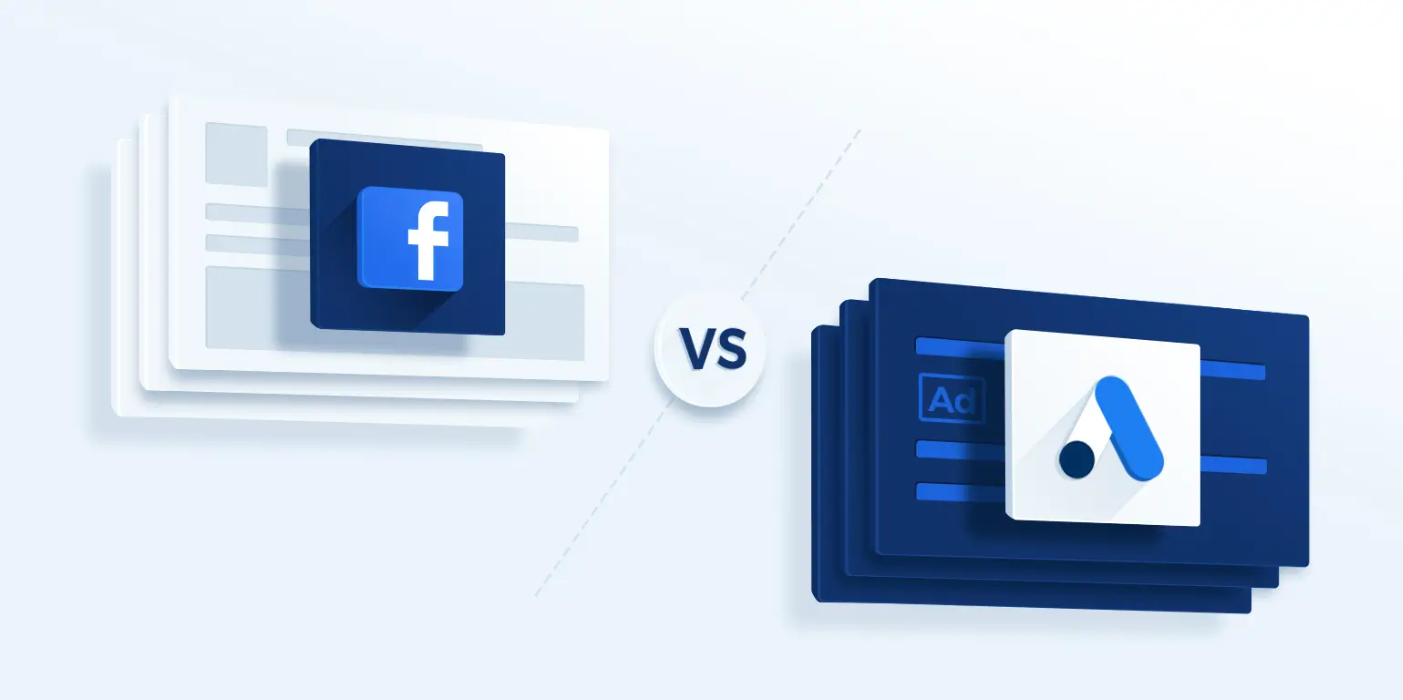
Advertising Objectives
Google Ads is primarily suited for capturing users’ search intent, making it ideal for businesses aiming to generate immediate conversions or capture high-intent leads. On the other hand, Facebook Ads excels in building brand awareness, driving engagement, and nurturing long-term customer relationships.
Targeting Capabilities
Both platforms offer advanced targeting options, but they differ in terms of intent. Google Ads’ search intent targeting allows businesses to capture users actively searching for specific products or services. Facebook Ads, with its rich user data, enables advertisers to target users based on their interests, behaviors, and demographics, making it ideal for reaching a broader but more diverse audience. Many Digital Marketing Agencies provide expertise on google and facebook advertisements.
Ad Formats
While both platforms offer various ad formats, Facebook Ads provides more visually engaging options, allowing businesses to create highly compelling ads that grab users’ attention. Google Ads, on the other hand, focuses on text-based ads, which are effective for capturing search intent but may lack the visual appeal of Facebook Ads.
Cost and ROI
The cost per click (CPC) and return on investment (ROI) can vary significantly between the two platforms. Google Ads tends to have higher CPC rates, particularly for competitive keywords. However, its high-intent targeting can lead to more qualified leads and higher conversion rates.
Facebook Ads generally have lower CPC rates, making it more cost-effective for businesses aiming to build brand awareness and drive traffic.
Understanding Google Ads
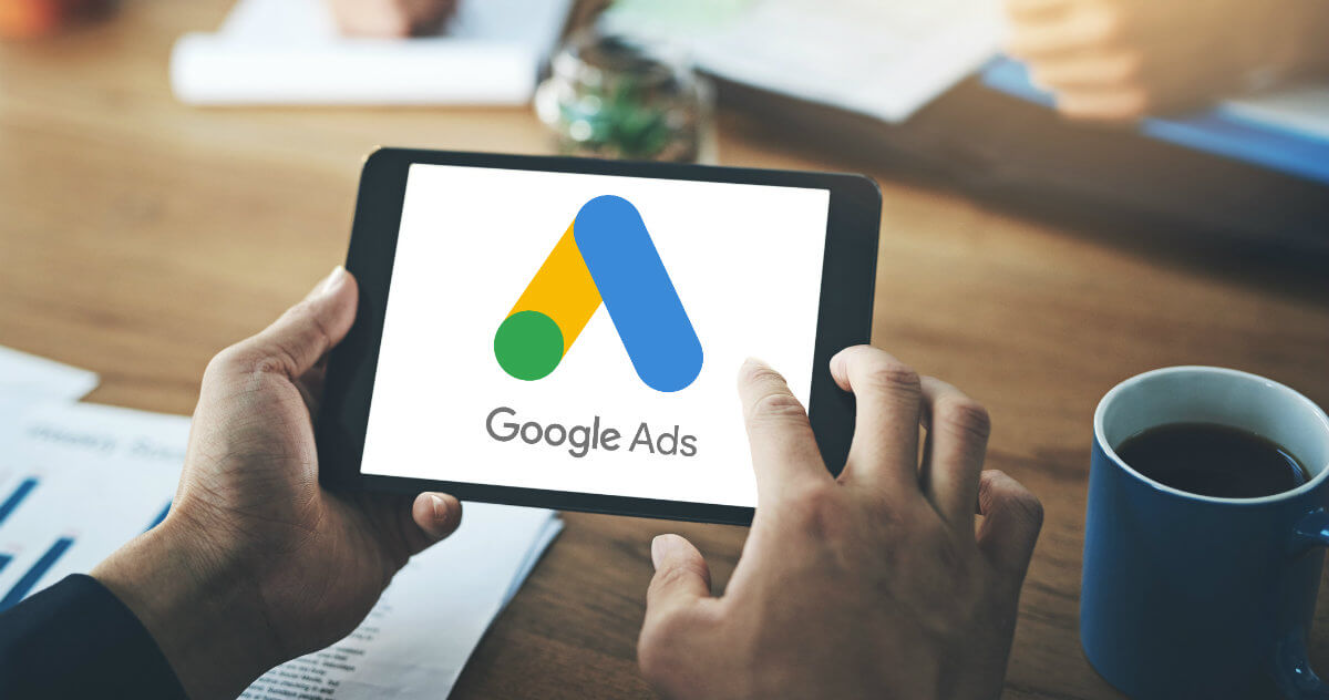
Google Ads, formerly known as Google AdWords, is Google’s online advertising platform. It enables businesses to display their ads on Google’s search engine results pages (SERPs), as well as on websites and mobile apps participating in Google’s advertising network
With over 246 million unique visitors per month, Google Ads presents a massive opportunity for businesses to gain visibility and reach potential customers.
Key Strengths of Google Ads
Search Intent Targeting
Google Ads allows advertisers to target users based on their search intent. By bidding on relevant keywords, businesses can ensure their ads appear when users search for specific products or services, enhancing the chances of reaching motivated buyers.
Extensive Reach
Google is the world’s most popular search engine, handling billions of searches daily. With Google Ads, businesses can tap into this vast user base and showcase their ads to a wide audience, increasing brand exposure and potential conversions.
Advanced Analytics
Google Ads provides comprehensive analytics and reporting tools, allowing advertisers to track ad performance, measure conversions, and make data-driven optimizations. This level of detailed insight helps businesses refine their campaigns and maximize their return on investment (ROI).
Discover the art of graphics designing and the reasons Why Hiring A Professional Graphics Designer Is Better Than Doing It Yourself?
Understanding Facebook Ads

Facebook Ads is the advertising platform offered by Facebook, the world’s largest social media network. With billions of active users, Facebook Ads provides businesses with an opportunity to reach a highly engaged audience and build brand awareness, drive traffic, and generate leads or sales.
Key Strengths of Facebook Ad
Targeted Audience
Facebook’s extensive user data and targeting capabilities make it a powerful platform for reaching a specific audience. Advertisers can leverage demographic information, interests, behaviors, and even custom audiences to refine their targeting and deliver ads to those most likely to be interested in their offerings.
Engaging Ad Formats
Facebook Ads supports a variety of ad formats, including images, videos, carousels, and stories, allowing businesses to create visually appealing and interactive ads. These formats help capture users’ attention and drive engagement, fostering a stronger connection between brands and their potential customers.
Retargeting Options
Facebook Ads offers robust retargeting capabilities, enabling advertisers to re-engage users who have previously interacted with their brand.
Through custom audiences and lookalike audiences, businesses can target users who have visited their website, engaged with their content, or made a purchase, increasing the chances of conversions and sales.
Best Practices for Google Ads and Facebook Ads

Tips for optimizing Google Ads campaigns:
Keyword Research and Selection:
Conduct thorough keyword research to identify relevant and high-performing keywords for your ads. Use keyword research tools, such as Google Keyword Planner, to find popular and targeted keywords. Focus on long-tail keywords that have lower competition and higher intent, as they can lead to better conversions.
Ad Copywriting Techniques for Higher Click-Through Rates (CTR)
Craft compelling and concise ad copy that highlights the unique selling points of your products or services. Include relevant keywords in your ad headlines and descriptions to improve ad relevance and visibility.
Use strong and persuasive language to encourage users to click on your ads. Experiment with different calls-to-action (CTAs) to drive user engagement and increase CTR.
Landing Page Optimization for Improved Conversions
Create dedicated landing pages that align with the intent and messaging of your ads. Ensure that your landing pages load quickly and are mobile-friendly for a seamless user experience. Include clear and prominent calls to action on your landing pages to guide users toward desired actions.
Continuously test and optimize your landing pages for better conversion rates, such as by using A/B testing to compare different page elements and layouts.
Discover the power of social media marketing How Do Reels Boost Your Social Media Growth?
Strategies to Maximize Facebook Ads Effectiveness
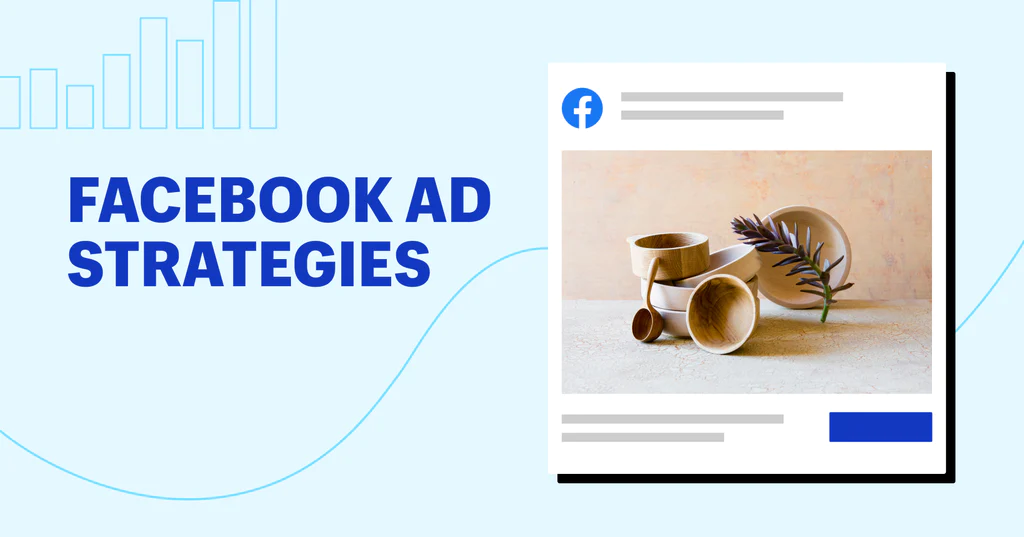
Creating Compelling Visual Content
Invest in high-quality visuals, including images and videos that resonate with your target audience. Use eye-catching and engaging visuals that grab users’ attention while staying true to your brand identity.
Test different visual formats, such as carousels or videos, to see which ones perform best with your audience. Leverage the power of storytelling through visuals to evoke emotions and create a memorable brand experience.
A/B Testing Ad Creative and Targeting Options
Experiment with different ad creative variations to identify the most effective combinations. Test different ad headlines, copy, visuals, and CTAs to optimize your ads for higher engagement and conversions.
Utilize Facebook’s built-in A/B testing feature to compare different ad sets and targeting options. Continuously monitor and analyze the performance metrics to refine your targeting and creative strategies.
Using Facebook Pixel for Tracking and Retargeting
Install Facebook Pixel on your website to track user actions, such as page views, purchases, or sign-ups. Set up custom conversions within Facebook Ads Manager to track specific conversion events that align with your business goals.
Leverage the data collected by Facebook Pixel for retargeting campaigns, reaching out to users who have shown interest in your brand or products. Create dynamic ads that dynamically populate with products or content based on user’s past interactions with your website or app.
Conclusion
Choosing between Google Ads and Facebook Ads depends on your specific advertising objectives, target audience, and budget. Both platforms offer unique strengths and can be highly effective when used correctly. Google Ads is ideal for businesses seeking high-intent leads and immediate conversions, while Facebook Ads excels in brand awareness, engagement, and retargeting.
Consider your goals, audience, and budgetary constraints to determine which platform aligns best with your advertising needs. For optimal results, consult with a Google Ads expert or a Facebook Ads expert who can provide guidance, optimize your campaigns, and help you leverage the full potential of these powerful advertising platforms.

